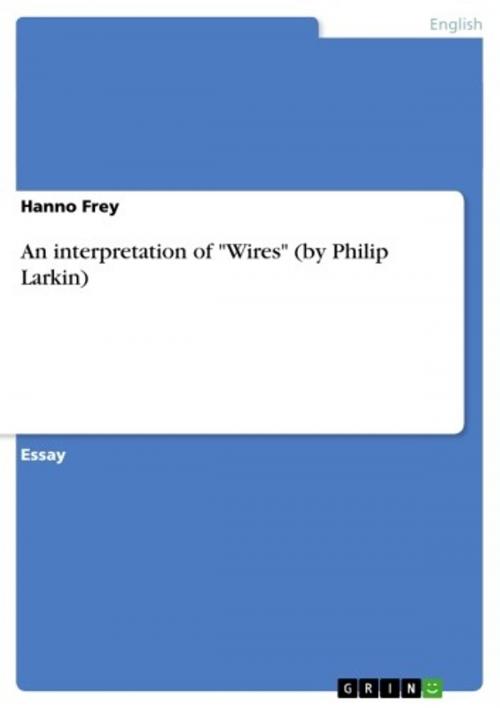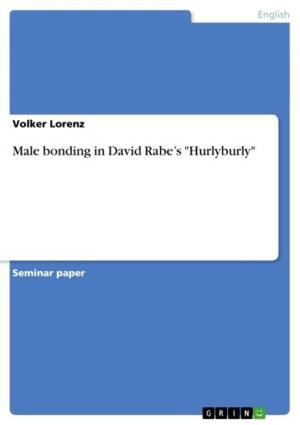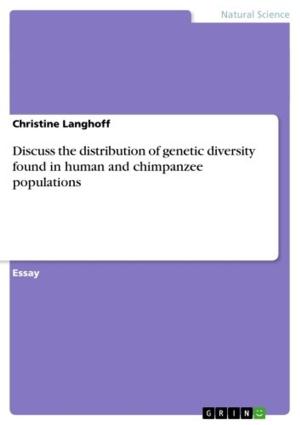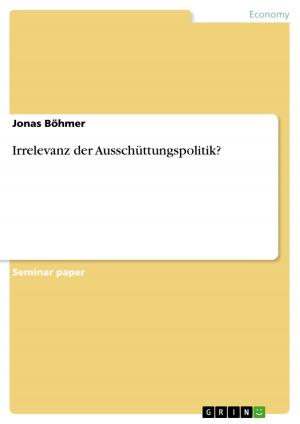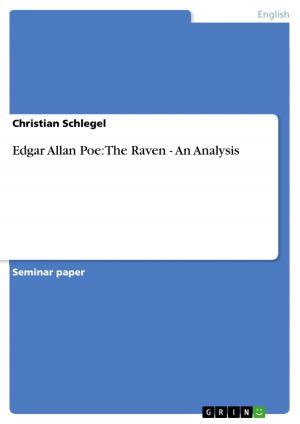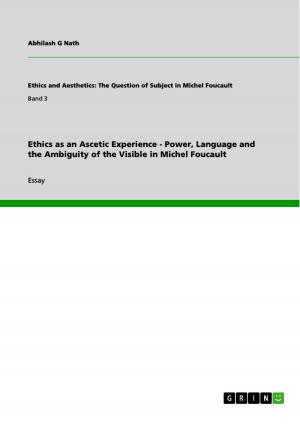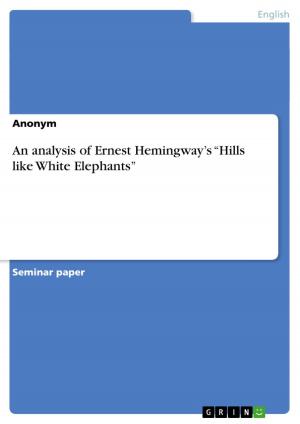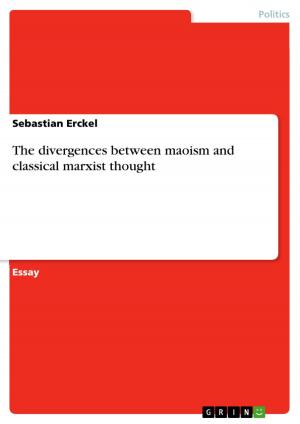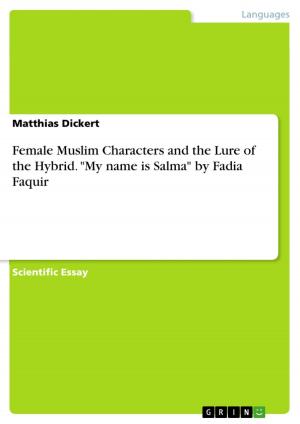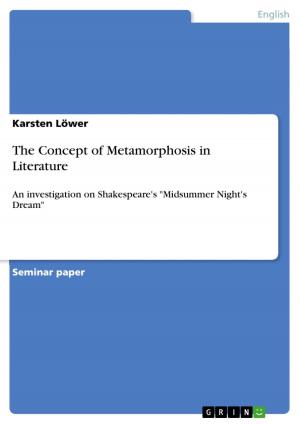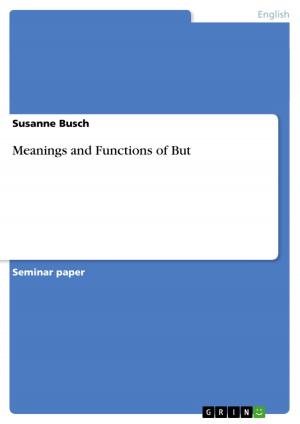An interpretation of 'Wires' (by Philip Larkin)
Fiction & Literature, Literary Theory & Criticism, British| Author: | Hanno Frey | ISBN: | 9783638213547 |
| Publisher: | GRIN Publishing | Publication: | August 27, 2003 |
| Imprint: | GRIN Publishing | Language: | English |
| Author: | Hanno Frey |
| ISBN: | 9783638213547 |
| Publisher: | GRIN Publishing |
| Publication: | August 27, 2003 |
| Imprint: | GRIN Publishing |
| Language: | English |
Essay from the year 2001 in the subject English Language and Literature Studies - Literature, grade: 1,0 (A), University of Hamburg (FB Anglistics), course: Seminar 1b: The Language of Poetry and Advertising, 3 entries in the bibliography, language: English, abstract: For the purpose of interpreting literature a lot of different approaches have been developed. It is up to the reader to decide which one of these methods he wants to apply and whether he wants to relate the author's biography to the text, to consider its intertextuality or to try to interpret the text on the basis of its words alone. All of these methods focus on different aspects of a text and thus enable the reader not only to gain but also to discuss and change his point of view. It is impossible to say in general which approach is more adequate for textseven though this question could be discussed for single texts in great detail. In this essay I am going to interpret a poem by Philip Larkin mainly with respect to the one characteristic: the style and its paralinguistic aspects. In doing so I am aware of the fact that my interpretation will not be as complete as it potentially may be possible (as I will not be able to cover every feature of the poem). Nevertheless I have chosen this approach because it enables me to spent more attention to this one characteristic. A brief examination of the language used in this poem will also be included. The question why I have decided to deal especially with the paralanguage of the poem may need some justification as it is a common belief that 'Writing, of its nature, makes less use of paralanguage than speech. The physical substance of some written texts exists only to realise linguistic form' (Cook 1992, p. 71). Without any doubts this is true for most texts but still there are exceptions where the linguistic form and the content of the text do relate to each other in a motivated way. Examples of that kind are that rare that they are 'both striking and well known' (Cook, 1992, p. 75) and not always is the relation as obvious as in Lewis Carrol´s 'The Mouse's Tale' (Cook, 1992 p. 76) but 'hidden' within the inner structure of the text - as in the following example. I am going to prove this statement examining three different aspects of the style the poem is written in.
Essay from the year 2001 in the subject English Language and Literature Studies - Literature, grade: 1,0 (A), University of Hamburg (FB Anglistics), course: Seminar 1b: The Language of Poetry and Advertising, 3 entries in the bibliography, language: English, abstract: For the purpose of interpreting literature a lot of different approaches have been developed. It is up to the reader to decide which one of these methods he wants to apply and whether he wants to relate the author's biography to the text, to consider its intertextuality or to try to interpret the text on the basis of its words alone. All of these methods focus on different aspects of a text and thus enable the reader not only to gain but also to discuss and change his point of view. It is impossible to say in general which approach is more adequate for textseven though this question could be discussed for single texts in great detail. In this essay I am going to interpret a poem by Philip Larkin mainly with respect to the one characteristic: the style and its paralinguistic aspects. In doing so I am aware of the fact that my interpretation will not be as complete as it potentially may be possible (as I will not be able to cover every feature of the poem). Nevertheless I have chosen this approach because it enables me to spent more attention to this one characteristic. A brief examination of the language used in this poem will also be included. The question why I have decided to deal especially with the paralanguage of the poem may need some justification as it is a common belief that 'Writing, of its nature, makes less use of paralanguage than speech. The physical substance of some written texts exists only to realise linguistic form' (Cook 1992, p. 71). Without any doubts this is true for most texts but still there are exceptions where the linguistic form and the content of the text do relate to each other in a motivated way. Examples of that kind are that rare that they are 'both striking and well known' (Cook, 1992, p. 75) and not always is the relation as obvious as in Lewis Carrol´s 'The Mouse's Tale' (Cook, 1992 p. 76) but 'hidden' within the inner structure of the text - as in the following example. I am going to prove this statement examining three different aspects of the style the poem is written in.
